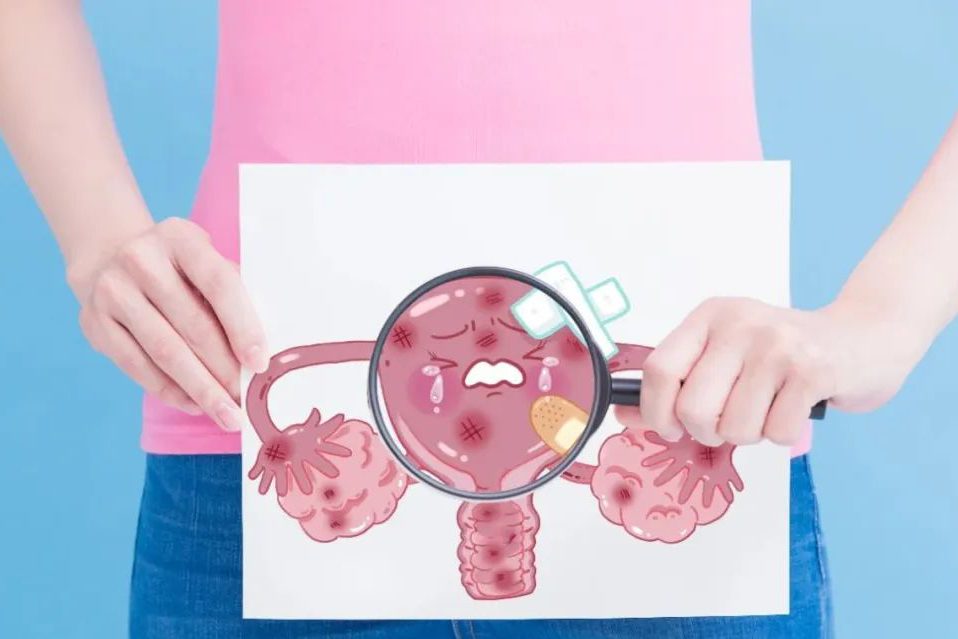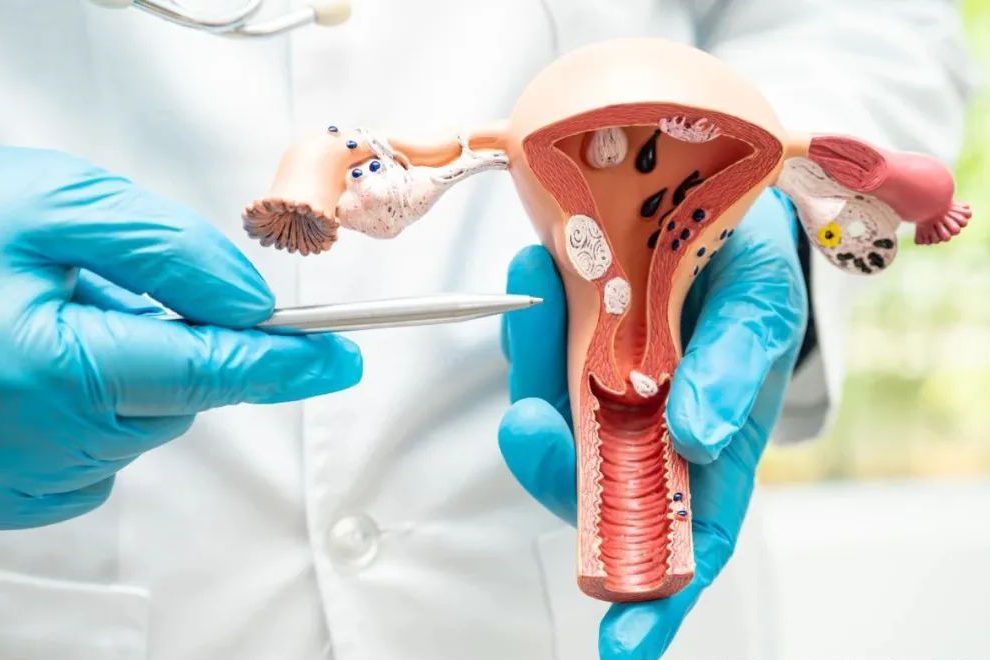Uterine Cavity Adhesion – A Roadblock on the Way to Pregnancy Preparation
Uterine adhesion is a common gynaecological disease that seriously affects a woman’s fertility.
The endometrium is the ‘soil’ where the fertilised egg takes root, the embryo is formed after the fertilisation of the sperm and the egg, and at the same time, the endometrium is actively preparing for the arrival of the embryo; when the development of the embryo and the endometrium are in the same pace, the blastocysts and the endometrium in a receptive state will be in further intimate contact, and the blastocysts will eventually burrow into the endometrial layer, and the embryo trophoblasts and the endometrial layer establish a close connection and begin to take root. The trophoblast layer of the embryo establishes a close relationship with the endometrium and begins to take root, which is embryo implantation.

Once the uterine cavity adhesion occurs, the missing endometrium will affect the fertilised egg to settle in the uterine cavity, leading to infertility; in addition, the lack of blood supply and hormonal support of the endometrium will not be able to provide sufficient nutrients for the embryo, leading to repeated failure of implantation of the embryo, embryonic arrest, miscarriage and other undesirable pregnancy outcomes.
I. What is Uterine Adhesion?
Uterine adhesion is a secondary endometrial disease in which multiple factors cause damage to the basal layer of the endometrium and fibrotic repair predominantly occurs. During the endometrial repair process, fibro-muscular adhesion bands are formed between the inner walls of the uterine cavity, which can lead to a smaller volume of the uterine cavity, abnormal uterine cavity morphology, and in severe cases, can lead to the closure of the uterine cavity.
Histologically, adhesion of the uterine cavity shows the absence of normal endometrium, endometrial fibrosis, glands are covered by columnar epithelial cells without secretion function, some interstitium may be calcified or ossified, the glands become very sparse or inactive, and most of the endometrial tissue lacks blood vessels and shows scarring, which is unresponsive to hormonal stimulation.

Second, what are the signs of uterine adhesion?
1、Menstrual flow is obviously reduced, or even amenorrhoea: due to uterine cavity adhesion, the functional endometrial area is reduced or endometrial connective tissue, the menstrual flow will be obviously reduced, and severe adhesion will even lead to amenorrhoea.
2、Dysmenorrhoea: due to partial adhesion, the menstrual blood will not be discharged smoothly during menstruation and accumulate in the uterine cavity, causing cyclic abdominal pain.
3, infertility, repeated miscarriage, repeated transplantation failure: patients with uterine adhesions, long-term preparation for pregnancy but infertility; IVF transplantation will be repeatedly failed to implant; repeated miscarriage in early pregnancy, even if the late pregnancy may have placental implantation, preterm delivery and post-partum haemorrhage and other adverse pregnancy outcomes.
Causes of uterine adhesion
1, pregnancy factors: pregnancy-related uterine surgery, such as postpartum haemorrhage curettage, spontaneous abortion curettage, negative pressure suction, etc. damage to the endometrial basal layer, resulting in permanent adhesions in the uterine wall.
2, non-pregnancy factors: fibroid removal surgery, longitudinal resection of the uterus, etc. so that the myometrium is exposed to the uterine cavity, resulting in adhesions occurring before and after the wall of the uterus.
3, surgical inflammatory factors: intrauterine infection, endometritis, puerperal infection, placement of intrauterine device secondary infection.
Fourth, the uterine cavity adhesions and infertility
There is also a relationship between the degree of uterine adhesions and infertility, and sometimes it is difficult to predict the occurrence of infertility and miscarriage. A healthy and strong embryo will seek out the relatively fertile ‘soil’ of the barren uterus and find a small remnant of an oasis to take root and grow. For this reason, pregnancies have occasionally been reported in patients diagnosed with moderate to severe uterine adhesions or endometrial scarring, but of course this is only a matter of luck. To date, it is still not possible to accurately assess and predict the chances of pregnancy and embryo implantation, which makes it impossible to make generalisations about the chances of pregnancy, nor to give patients high expectations.
V. Diagnosis and treatment of uterine adhesions
The commonly used auxiliary tests for diagnosing uterine adhesions are ultrasound (three-dimensional ultrasound is recommended), hysterosalpingography and hysteroscopy, with hysteroscopy being the gold standard for diagnosis. Under the direct vision of hysteroscopy, not only can the site and scope of adhesion be clarified, but also the nature and degree of adhesion can be deduced, which can provide a basis for estimating the degree of difficulty of surgery and judging the prognosis.
The conventional treatment for uterine adhesions is hysteroscopic separation of uterine adhesions. For those with moderate or severe adhesions, prevention of re-adhesion is needed after separation, which includes postoperative estrogen-progestogen sequential therapy, intrauterine stent placement, uterine cavity insertion of anti-adhesion biomaterials, and amniotic membrane transplantation.
相关推荐
- International Fertility Experts Reveal 4 Golden Rules for Ovarian Function Assessment
- The optimal range for egg retrieval in IVF: 8–15 eggs yield the highest live birth rate
- Why do fertility doctors always advise you to do IVF before it’s too late?
- Scientific Selection Guide for Natural Fertilization vs IVF
- Deadly Warning of Fetal Motion Disappearing at 38 Weeks|International Center for Perinatal Medicine
Search within the site
Surrogacy News
Hot Tags.
Georgia Surrogacy Services,Legal IVF Hospital,Global Fertility Agency